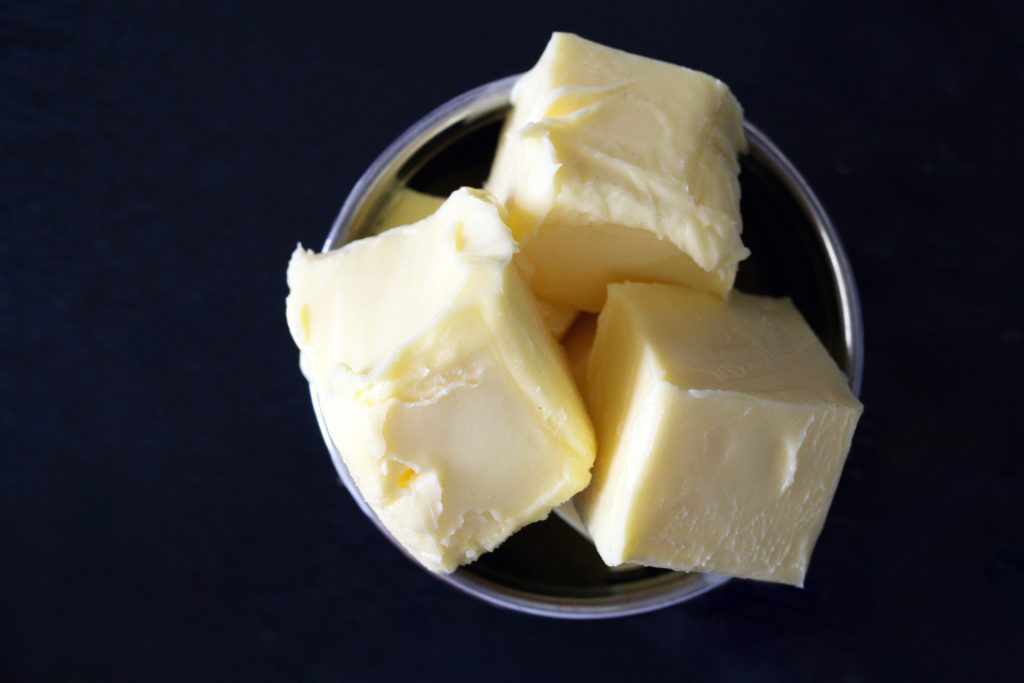A new study recently suggested that there may be a link between hospitalizations in regions where there are few regulations on trans fats, compared to their counterparts.
To draw their conclusions, researchers analyzed data on 3.3 million people from 25 counties in New York without trans fats restrictions. To compare, they looked at 8.4 million people in 11 New York counties with restrictions. They discovered that back in 2006, there were 753 hospitalizations for heart attack or stroke per 100,000 people in counties where there were no restrictions on trans fats. This was compared to just 726 per 100,000 people in counties with regulations. (“Myocardial Infarction and Stroke Admissions and Trans-Fatty Acid Restrictions,” 2017)
 “The New York State populations with trans-fatty acids restrictions experienced fewer cardiovascular events, beyond temporal trends, compared with those without restrictions,” the researchers concluded.
“The New York State populations with trans-fatty acids restrictions experienced fewer cardiovascular events, beyond temporal trends, compared with those without restrictions,” the researchers concluded.
Although it was only a slight difference, it was a noticeable one – the authors of the report noted that the U.S. Food and Drug Administration intends to restrict trans fats across the country in 2018.
“There has been a lot of looking into whether trans fats are harmful,” said Dr. Eric Brandt, lead author of the study. “Here we find on a population level when we restrict them, it benefits society by reducing heart attacks and strokes.” ( M. Seaman, 2017)
But what are trans fats, and why are they so bad for us? Furthermore, is there any way we can easily avoid them before sweeping regulations change the food we can buy?
What are Trans Fats?
Although some foods (dairy, meat) contain trans fats, most of this type of fat is formed through an industrialized process. It develops when hydrogen is added to vegetable oil – the oil becomes solid at room temperature. Manufacturers have been led to believe that trans fats are good because they can act as preservatives. However, these fats are known for increasing low-density lipoprotein (LDL – bad cholesterol) and reducing high-density lipoprotein (HDL – good cholesterol). In turn, this means a greater risk for conditions, such as stroke. (“Trans fat: Avoid this cholesterol double whammy – Mayo Clinic,” n.d.)
How Can I Avoid Trans Fats?
Some of the easiest ways to avoid trans fats are to avoid over-produced or mass-manufactured foods, such as fried food and frozen foods. However, avoiding foods that are also known to have trans fats (such as margarine) are key as well. Always read the label before you purchase a food item, and stay away from those “saturated” fats. Saturated fat can raise your overall cholesterol. (Myers, n.d.)
